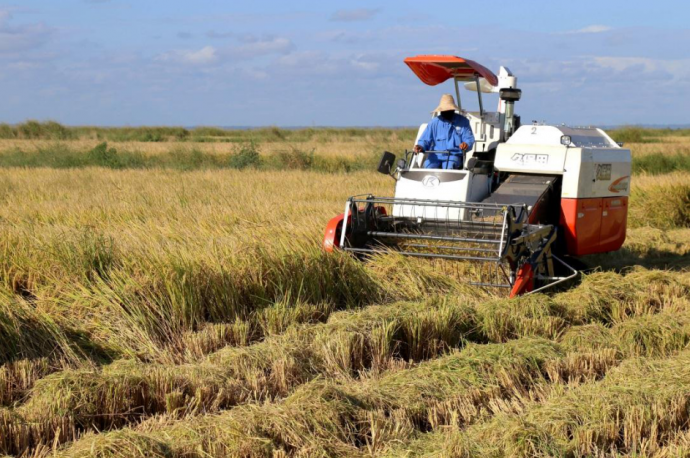
BEIJING, Sept. 13(Xinhua) -- Areas such as agriculture, medicine and culture are not only the weak parts in African economic development, but also the key areas related to people's livelihood. However, due to factors such as large capital demand, long investment cycle and weak technical support, ordinary companies and commercial banks have little enthusiasm to enter theses fields.
The China-Africa Development Fund (CADFund), established to facilitate Chinese companies' investment in Africa, supports the whole industry development of key projects in these areas to promotes local employment and people’s wellbeing in Africa.
-- China-Africa cotton program
In cooperation with Qingdao Ruichang Cotton Industrial Co., Ltd. and Qingdao Huifu Textile Co., Ltd., the CADFund invested a series of projects in cotton industry in Africa.
The program started from Malawi and gradually expanded to Mozambique, Zambia and some other countries in Africa. These projects adopted advanced technology, machinery and equipment from China to carry out cotton breeding, growing and purchasing, ginning, oil extraction and sales. It has built a complete industrial chain while increasing the added value of cotton products.
These projects has improved cotton planting and processing technology in Malawi, Mozambique, Zambia and surrounding areas, boosted the development of the local cotton industry and promoted the employment and income of nearly 200,000 rural households in the three countries.
With positive contributions to local economy and people's livelihood, it has been hailed as the wonder of agricultural cooperation between China and Africa. The spinning mill launched in Malawi in 2018 has become the largest textile company in the country, which has improved competitiveness of the Malaysian textile industry.
-- Agriculture park project in Mozambique
The agriculture park in Mozambique is China's largest rice planting project in Africa and one of the 13 key projects of production capacity cooperation between China and Mozambique.
The project covers an area of 20,000 hectares and plans to create 200,000 mu (about 13,333 hectares) of farmland. The project has effectively alleviated food shortage in Mozambique and has also helped farmers learn agricultural production technology thus improving their income.
In 2018, the park has completed 32,000 mu (about 2,133 hectares) of rice cultivation with estimated yield per acre of nearly 1,000 kilograms, which is expected to benefit 450 farmers. The project is likely to increase farmers' income by up to 3,000 U.S. dollars (local per capita annual income is 480 U.S. dollars).
-- Pharmaceutical factory project in Mali
The CADFund partnered with Humanwell Healthcare (Group) Co., Ltd. and built a large infusion and medicinal syrup production plant in Mali with an annual production capacity of 30 million bottles of syrup and 40 million bottles of infusion.
This has been the first modern pharmaceutical company in Mali and the highest standard pharmaceutical factory invested and built by Chinese companies in Africa.
The pharmaceutical factory helps Mali people to produce medicines on their own and put an end to the country’s history of the inability to produce medicines.
(Edited by Yang Qi, kateqiyang@xinhua.org)




 A single purchase
A single purchase







